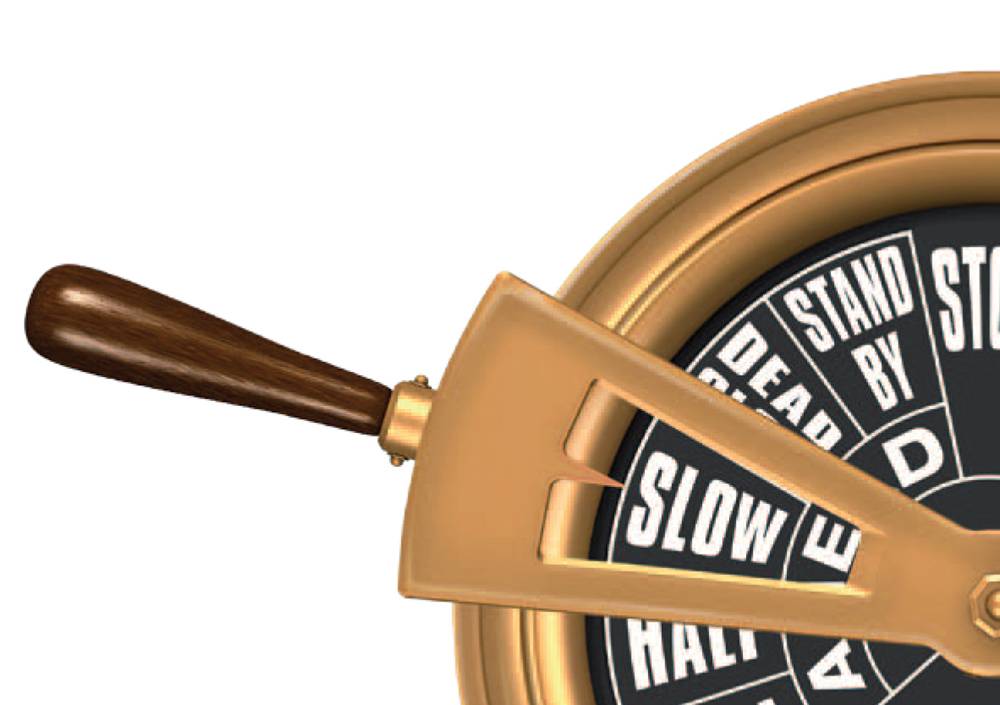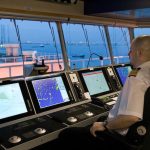Slow steaming has been adopted by majority of companies and ship owners in order to survive in these tough times of rising fuel prices and financial recession.
Originally started for Container Shipping by Maersk Lines and justified by the cost sheets and economics, the concept has been borrowed by other kinds of ships including the Dry Bulk ships, whose operating speeds are traditionally low.
Ship owners instruct their Chief Engineers to run the ship on economy speed also called Eco speed or slow steaming.
Long before other ship owners caught on with the concept, shipping companies like Maersk experimented with slow steaming and presented to its customers and ship owners the complete fact sheet of slow steaming along with the financial viabilities. They even requested all major engine builders to issue a no objection certificate that convinced reluctant Marine Engineers and ship owners that slow speeding is possible and if correctly done would not jeopardize the Main Engine.
In these series of well researched articles we will discuss the technical requirements to slow steaming, various modes of slow steaming including super slow steaming, the retrofitting, modifications with the upgrade kits and the suitability of intelligent engines for slow steaming.
Chief Engineer’s Concern
In the transient times of changing standards, stricter regulations and new emerging technology it finally translates to the ship’s Chief Engineer, along with his team of marine engineers in consultation with the technical management to implement the changes on the ship.
As slow steaming is not a regular affair for a marine engineer nor have they been trained for it, some efforts have to be made to remove the traditional mindset and reluctance of the engine staff and retrain them. In addition they have to be instructed about additional routines and inspections of the Main Engine, which is operating outside its designed optimal range.
Marine engineers have always been advised by engine manufacturers that low load operation must be avoided. The engines must be run close to its continuous rating for optimization of all its parameters and allowing the individual components to operate in their designed range.
A chief engineer has the following concerns with regards to slow steaming:
· Frequent and thorough scavenge and under piston inspections must be carried out.
· Slow steaming causes fouling of the turbochargers and loss of efficiency.
· Turbochargers operating outside their designed range produce less air flow leading to more deposits.
· Causes increased carbon deposits on the injectors compromising their performance.
· Causes fouling of the exhaust gas economizer resulting in reduction of capacity as well as increased danger of soot fire.
· Leads to improper atomization of the fuel as well as impingement.
· Causes increased carbon deposits and maintenance intervals have to be modified likewise.
· Causes low exhaust gas temperatures. Running the engine with exhaust gas temperatures below 250 deg C can cause low temperature corrosion.
· Causes reduced peak compression pressure.
· Damage occurs and becomes imminent when engine is run at full load after long period of slow steaming.
· Compromises the piston ring pack efficiency, leading to increased under piston and scavenge deposits.
· Cause loss of heat transfer due to carbon deposits and failure of components due to thermal stresses.
· Causes reduction in the efficiency of the economizer causing the need of oil fired boiler to operate and adding to extra cost and maintenance.


